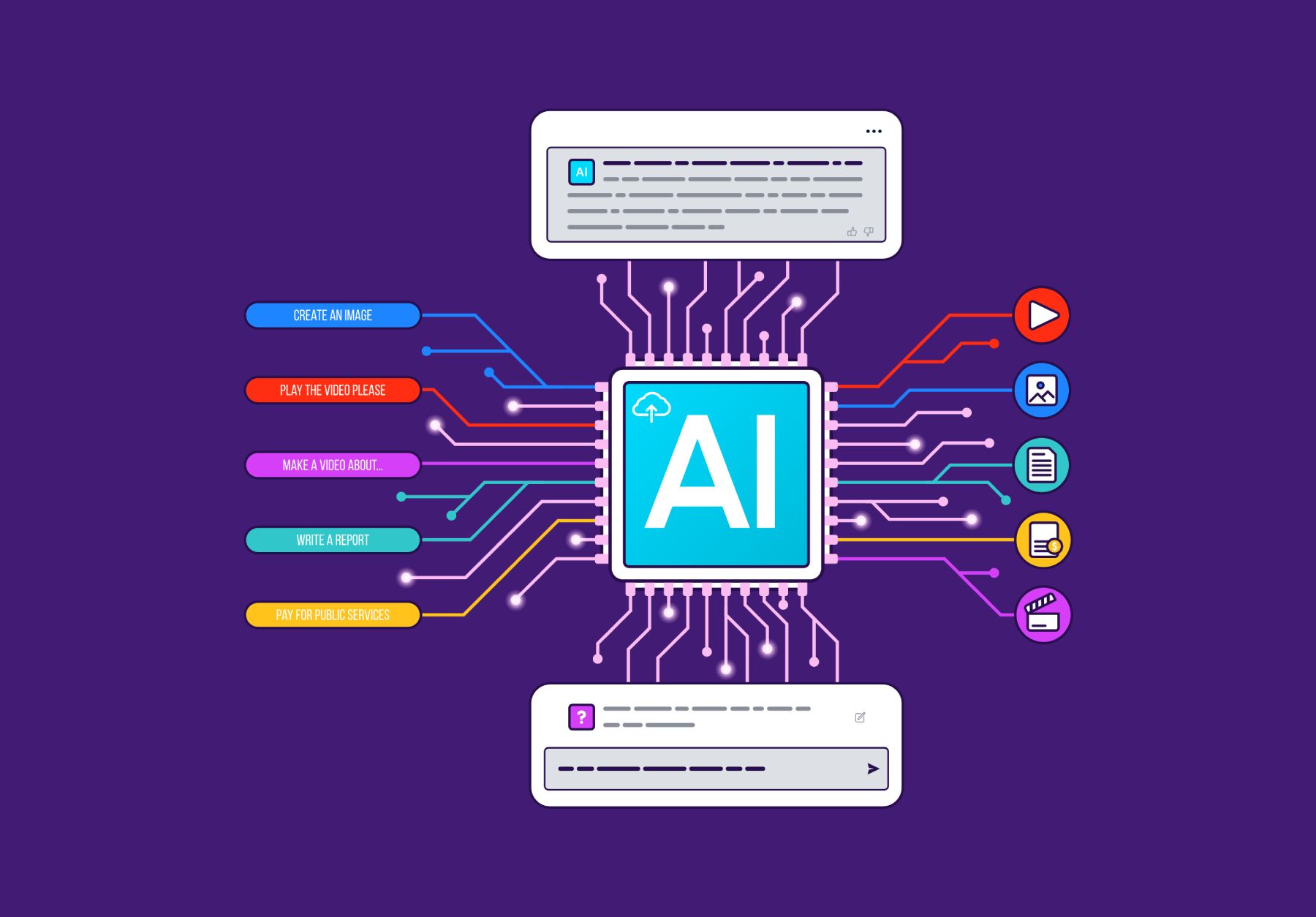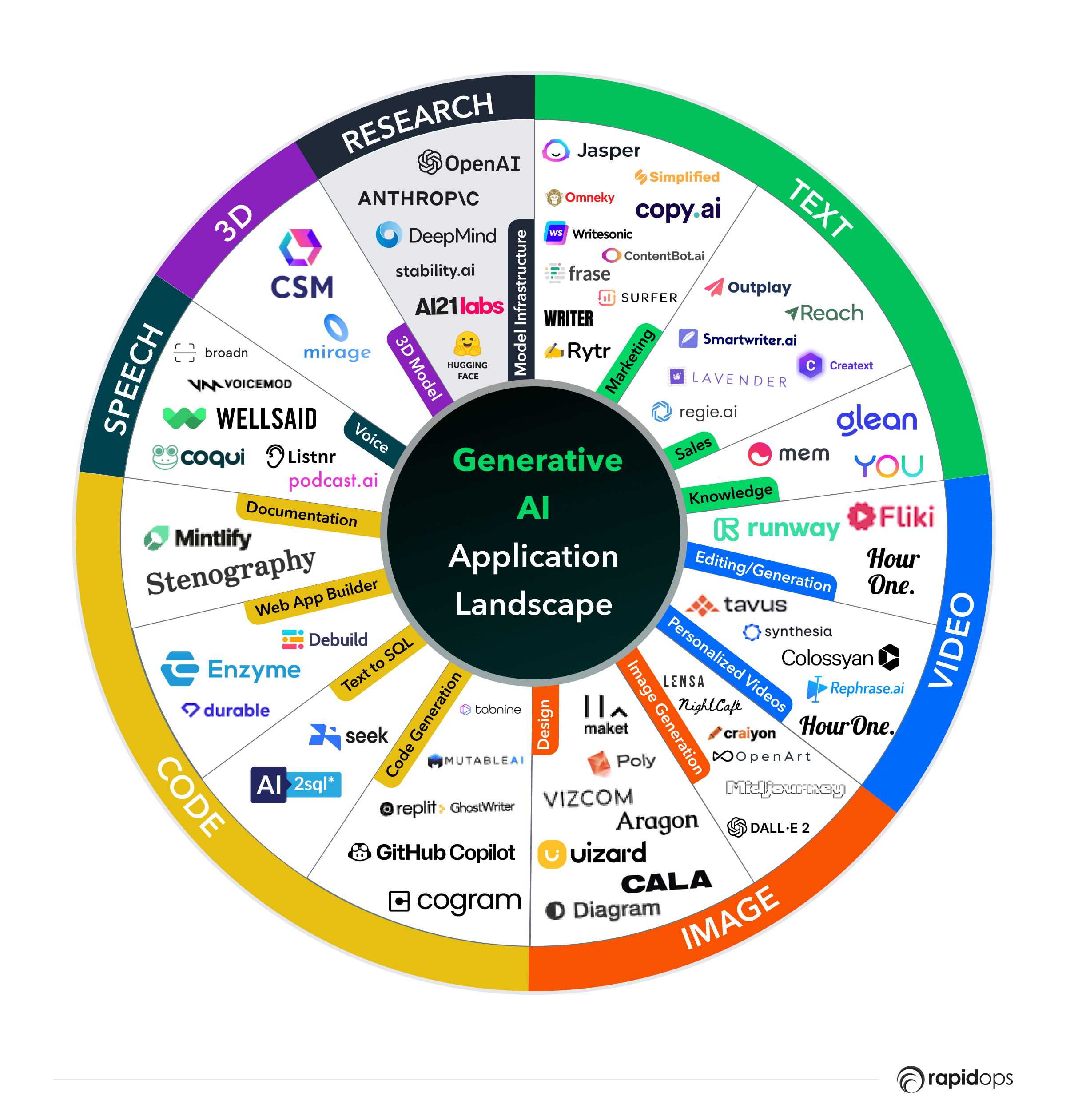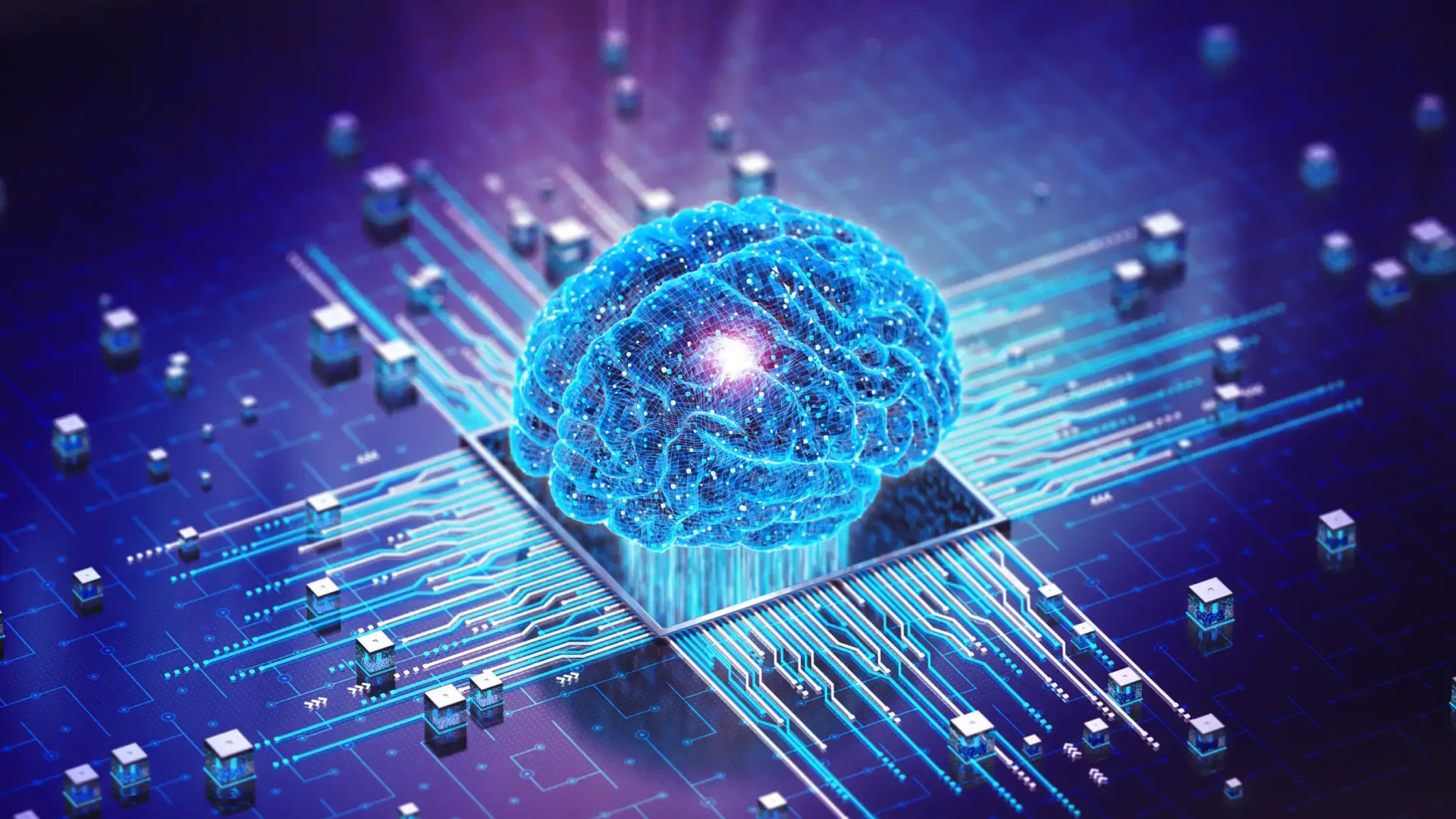All Categories
Featured
Such designs are trained, using millions of instances, to predict whether a certain X-ray reveals signs of a growth or if a certain customer is most likely to default on a loan. Generative AI can be considered a machine-learning model that is trained to produce brand-new data, instead than making a forecast about a particular dataset.
"When it comes to the actual equipment underlying generative AI and other kinds of AI, the differences can be a bit fuzzy. Frequently, the same formulas can be used for both," says Phillip Isola, an associate teacher of electrical engineering and computer scientific research at MIT, and a participant of the Computer technology and Expert System Research Laboratory (CSAIL).

One big difference is that ChatGPT is far larger and much more intricate, with billions of specifications. And it has been trained on an enormous quantity of data in this instance, a lot of the publicly available text online. In this massive corpus of text, words and sentences show up in turn with particular dependencies.
It finds out the patterns of these blocks of message and uses this expertise to recommend what might come next off. While larger datasets are one catalyst that brought about the generative AI boom, a range of major study developments additionally resulted in even more intricate deep-learning styles. In 2014, a machine-learning design understood as a generative adversarial network (GAN) was suggested by scientists at the University of Montreal.
The generator tries to deceive the discriminator, and while doing so discovers to make more realistic outcomes. The photo generator StyleGAN is based on these kinds of versions. Diffusion designs were introduced a year later by scientists at Stanford University and the University of The Golden State at Berkeley. By iteratively refining their outcome, these models learn to produce brand-new information samples that look like samples in a training dataset, and have actually been used to produce realistic-looking pictures.
These are just a couple of of many approaches that can be made use of for generative AI. What every one of these techniques have in common is that they convert inputs into a set of symbols, which are numerical representations of pieces of data. As long as your data can be exchanged this requirement, token style, then theoretically, you can apply these approaches to create brand-new data that look similar.
Future Of Ai
While generative versions can achieve amazing results, they aren't the finest option for all kinds of information. For jobs that entail making predictions on organized information, like the tabular information in a spreadsheet, generative AI designs often tend to be exceeded by typical machine-learning techniques, states Devavrat Shah, the Andrew and Erna Viterbi Professor in Electrical Design and Computer System Scientific Research at MIT and a member of IDSS and of the Research laboratory for Details and Choice Systems.

Previously, people needed to speak to equipments in the language of machines to make things occur (Conversational AI). Currently, this interface has actually identified how to talk with both humans and makers," states Shah. Generative AI chatbots are now being used in telephone call centers to area inquiries from human consumers, yet this application emphasizes one possible warning of implementing these versions worker variation
Ai Startups
One appealing future instructions Isola sees for generative AI is its use for manufacture. Instead of having a design make a picture of a chair, maybe it can generate a plan for a chair that can be generated. He likewise sees future uses for generative AI systems in establishing more typically smart AI agents.
We have the capability to assume and fantasize in our heads, to come up with interesting concepts or plans, and I believe generative AI is just one of the tools that will certainly equip agents to do that, too," Isola says.
How Does Ai Save Energy?
Two additional recent advances that will be discussed in even more information below have actually played a crucial part in generative AI going mainstream: transformers and the innovation language versions they made it possible for. Transformers are a kind of equipment discovering that made it feasible for researchers to educate ever-larger designs without having to classify all of the information beforehand.

This is the basis for devices like Dall-E that automatically create pictures from a text description or produce message captions from photos. These innovations notwithstanding, we are still in the very early days of using generative AI to create readable text and photorealistic stylized graphics.
Going onward, this technology could aid compose code, design new drugs, create items, redesign business processes and change supply chains. Generative AI begins with a timely that could be in the form of a message, a picture, a video clip, a style, music notes, or any type of input that the AI system can refine.
Scientists have been creating AI and other devices for programmatically producing material given that the early days of AI. The earliest techniques, known as rule-based systems and later on as "experienced systems," utilized clearly crafted guidelines for generating actions or information sets. Neural networks, which create the basis of much of the AI and device understanding applications today, turned the trouble around.
Established in the 1950s and 1960s, the first semantic networks were restricted by a lack of computational power and little data sets. It was not until the arrival of huge data in the mid-2000s and improvements in hardware that neural networks became practical for creating web content. The field increased when researchers located a means to obtain semantic networks to run in identical across the graphics processing systems (GPUs) that were being made use of in the computer gaming sector to render computer game.
ChatGPT, Dall-E and Gemini (previously Poet) are prominent generative AI interfaces. Dall-E. Educated on a large information set of photos and their associated text summaries, Dall-E is an example of a multimodal AI application that recognizes links throughout several media, such as vision, message and sound. In this instance, it connects the meaning of words to aesthetic elements.
Can Ai Write Content?
Dall-E 2, a 2nd, a lot more qualified version, was launched in 2022. It allows users to create imagery in multiple styles driven by individual prompts. ChatGPT. The AI-powered chatbot that took the globe by tornado in November 2022 was improved OpenAI's GPT-3.5 application. OpenAI has offered a means to communicate and tweak message reactions via a conversation interface with interactive feedback.
GPT-4 was released March 14, 2023. ChatGPT incorporates the history of its discussion with a customer into its outcomes, simulating a genuine conversation. After the incredible popularity of the new GPT user interface, Microsoft revealed a significant new financial investment into OpenAI and incorporated a variation of GPT right into its Bing internet search engine.
Latest Posts
What Is Machine Learning?
Artificial Neural Networks
How Does Ai Personalize Online Experiences?